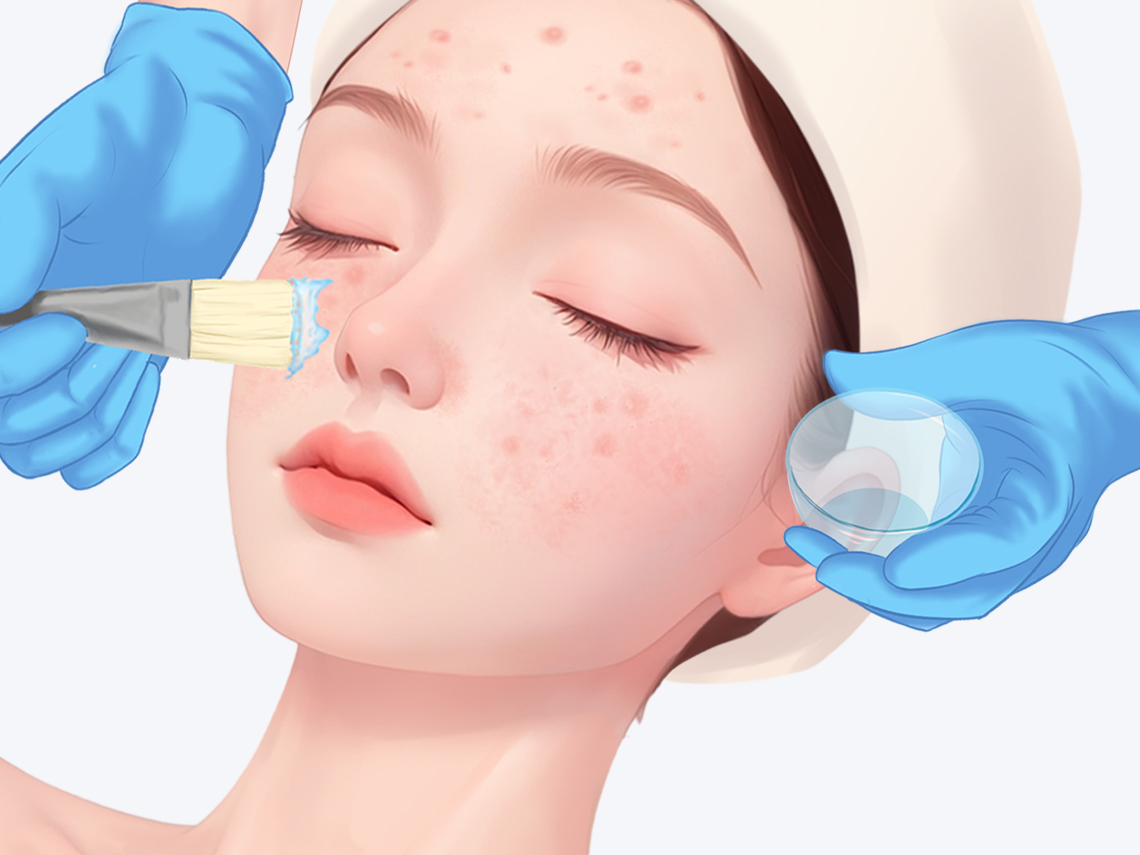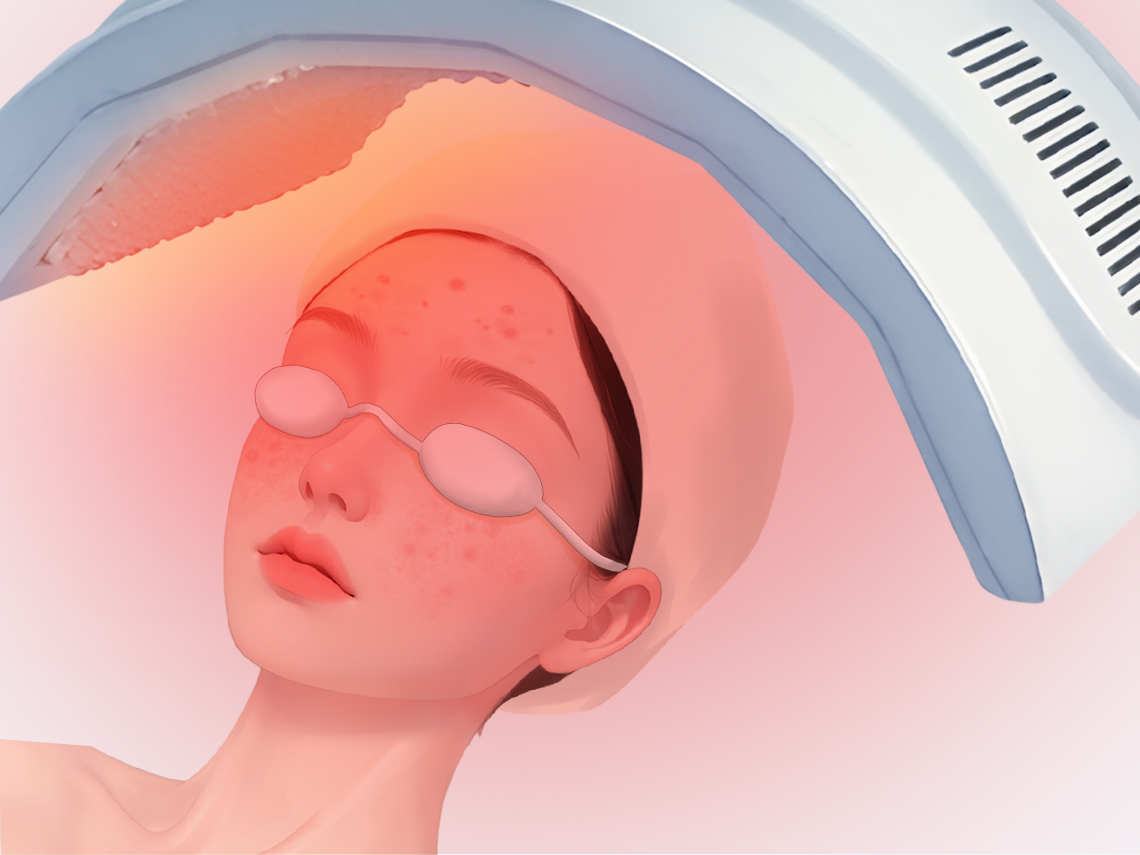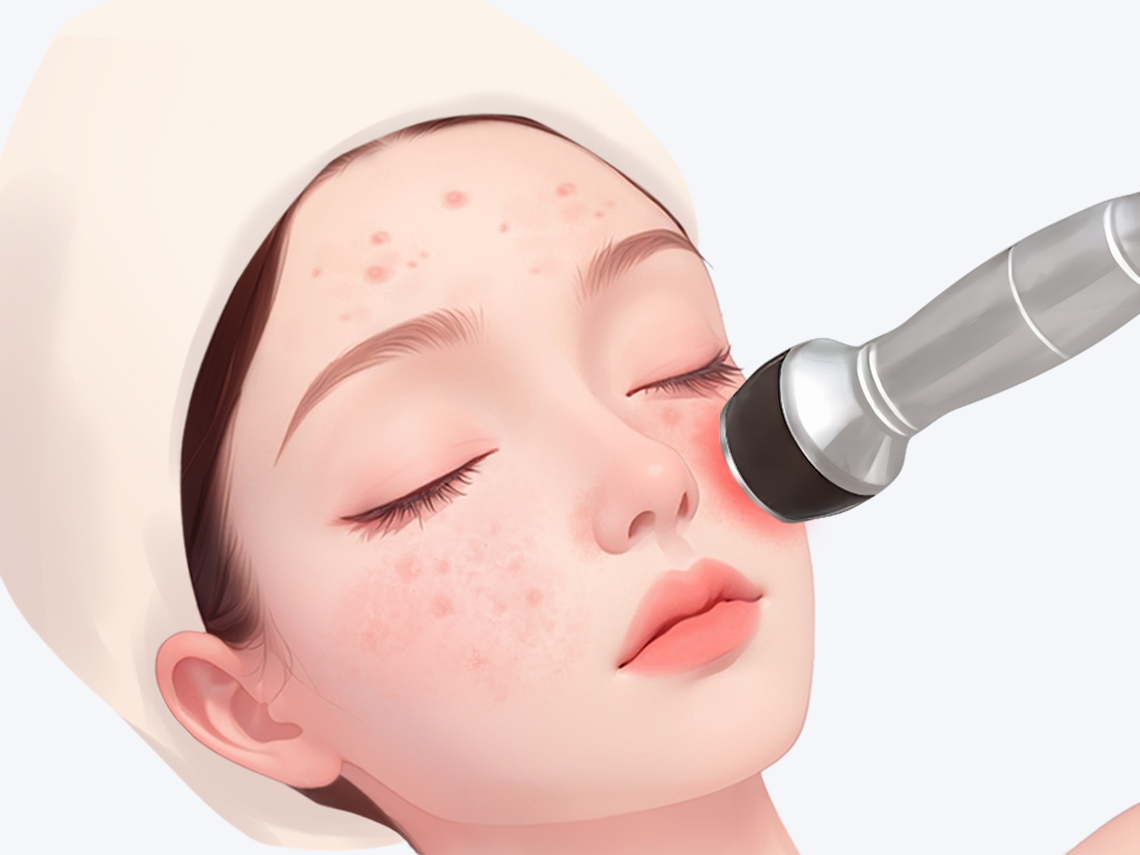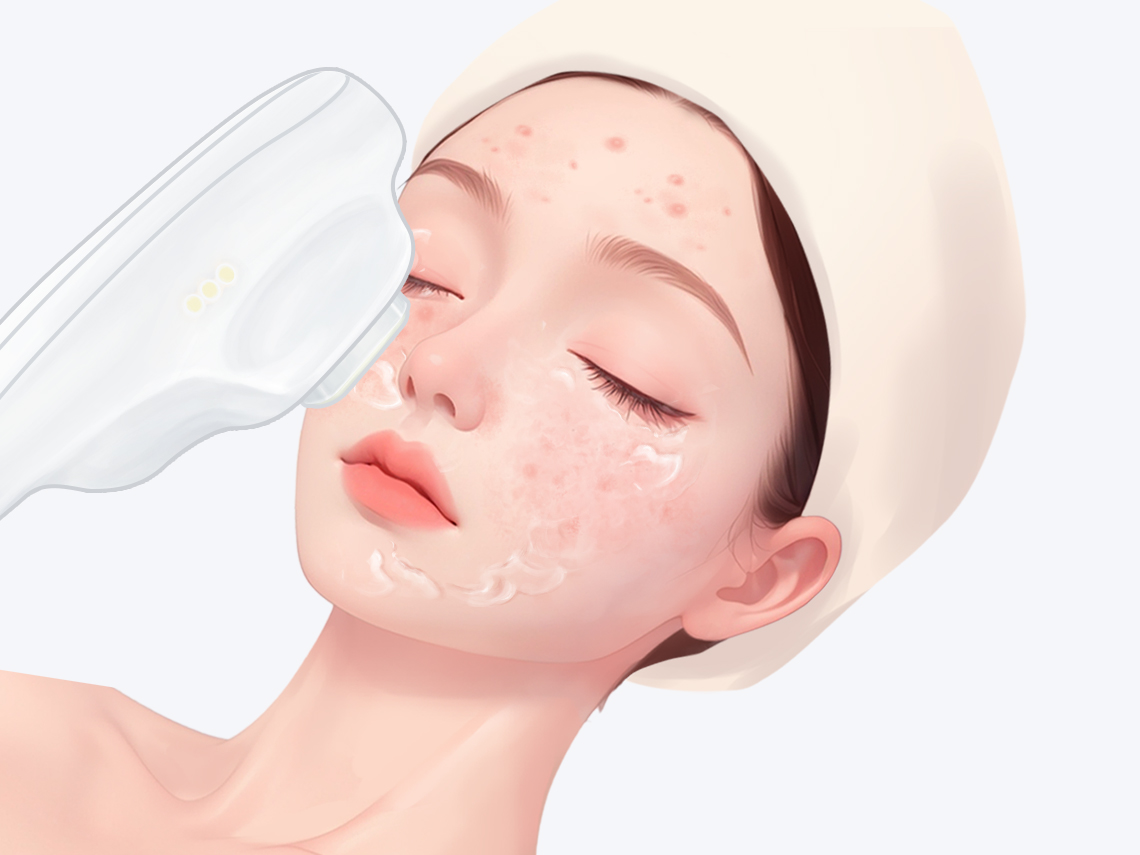Can white vinegar remove acne and acne scars?
In general, white vinegar may have an auxiliary effect on acne and acne scar removal, but its effectiveness is limited. Due to its high acidity, white vinegar must be diluted before use, and frequent application is not recommended to avoid excessive skin irritation. For more noticeable results in treating acne and scars, medical aesthetic treatments such as chemical peels (fruit acid), red and blue light therapy, radiofrequency microneedling, photorejuvenation (IPL), and fractional laser are recommended.
Analysis of Medical Aesthetic Methods for Acne and Acne Scar Treatment:
Procedure Name |
Chemical Peel (Fruit Acid) |
Red and Blue Light Therapy |
Radiofrequency Microneedling |
Photorejuvenation (IPL) |
Fractional Laser |
Image Example |
|
|
|
|
|
Procedure Overview |
Exfoliates dead skin cells and promotes new cell regeneration |
Kills bacteria, reduces inflammation, and stimulates collagen production |
Delivers radiofrequency energy to repair damaged skin cells |
Uses intense pulsed light to improve skin texture and reduce acne and scars |
Uses micro-laser beams to stimulate and repair acne-damaged skin |
Advantages |
1. Promotes epidermal renewal |
1. Anti-inflammatory and antibacterial |
1. Minimal damage |
1. Reduces sebum production |
1. Small wound area |
Duration of Results |
1–2 years |
2–3 months |
3–5 years |
3–6 months |
3–6 months |
Potential Risks |
1. Redness, swelling, and stinging |
1. Skin redness and swelling |
1. Skin allergy |
1. Risk of infection |
1. Localized swelling |
Reference Price |
3,000–5,000 RMB per session |
500–3,000 RMB per session |
3,000–8,000 RMB per session |
2,000–6,000 RMB per session |
1,000–5,000 RMB per session |
When choosing a method to treat acne and acne scars, it is advisable to consult a dermatologist or professional medical institution. Additionally, maintaining proper skincare, dietary adjustments, and ensuring sufficient sleep can help alleviate symptoms.









